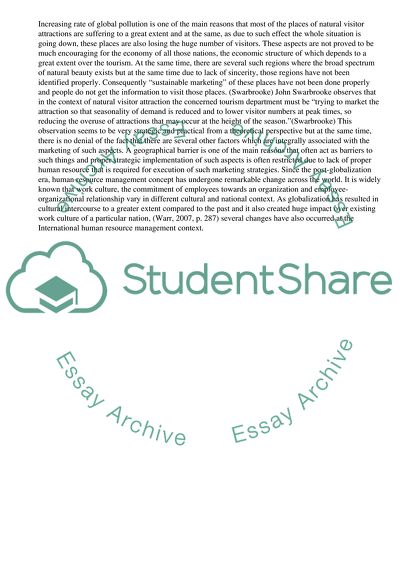Cite this document
(Quality Issues in Heritage Visitor Attractions Research Paper, n.d.)
Quality Issues in Heritage Visitor Attractions Research Paper. Retrieved from https://studentshare.org/management/1726009-visitor-attraction-management-critical-analysis-of-operational-management-issues-of-the-attraction
Quality Issues in Heritage Visitor Attractions Research Paper. Retrieved from https://studentshare.org/management/1726009-visitor-attraction-management-critical-analysis-of-operational-management-issues-of-the-attraction
(Quality Issues in Heritage Visitor Attractions Research Paper)
Quality Issues in Heritage Visitor Attractions Research Paper. https://studentshare.org/management/1726009-visitor-attraction-management-critical-analysis-of-operational-management-issues-of-the-attraction.
Quality Issues in Heritage Visitor Attractions Research Paper. https://studentshare.org/management/1726009-visitor-attraction-management-critical-analysis-of-operational-management-issues-of-the-attraction.
“Quality Issues in Heritage Visitor Attractions Research Paper”, n.d. https://studentshare.org/management/1726009-visitor-attraction-management-critical-analysis-of-operational-management-issues-of-the-attraction.


